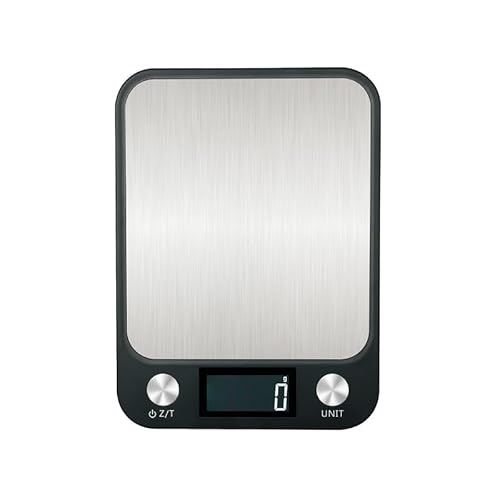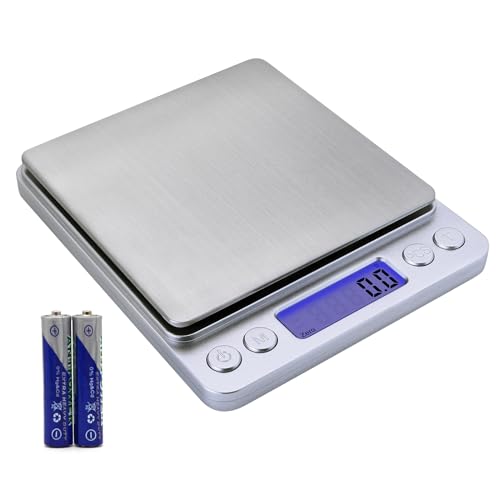Hey,
Does anyone have a anytips with avoiding air bubbles in the soap? I am using a loaf mold, and my recipe is 20% shea butter, 15% coco oil, 60%olive oil pure, 5% castor oil, 1 part lye and 2 parts water, 6% super fat, 5% EO, 0.05% honey (oil weight).
I tamped the molds down after pouring, and the batter seemed pretty fluid and right at light trace.
Now I will say my immersion blender has a bad habit of trapping air bubbles, but I do try my best to burp the blender before blending to get rid of trapped air. Now that I say that, I might look into another immersion blender model.
But for the current time. Has anyone else has this issue and/or found a fix?
Thanks
The picture is of the soap end, uncut
Does anyone have a anytips with avoiding air bubbles in the soap? I am using a loaf mold, and my recipe is 20% shea butter, 15% coco oil, 60%olive oil pure, 5% castor oil, 1 part lye and 2 parts water, 6% super fat, 5% EO, 0.05% honey (oil weight).
I tamped the molds down after pouring, and the batter seemed pretty fluid and right at light trace.
Now I will say my immersion blender has a bad habit of trapping air bubbles, but I do try my best to burp the blender before blending to get rid of trapped air. Now that I say that, I might look into another immersion blender model.
But for the current time. Has anyone else has this issue and/or found a fix?
Thanks
The picture is of the soap end, uncut
Attachments
Last edited:











































